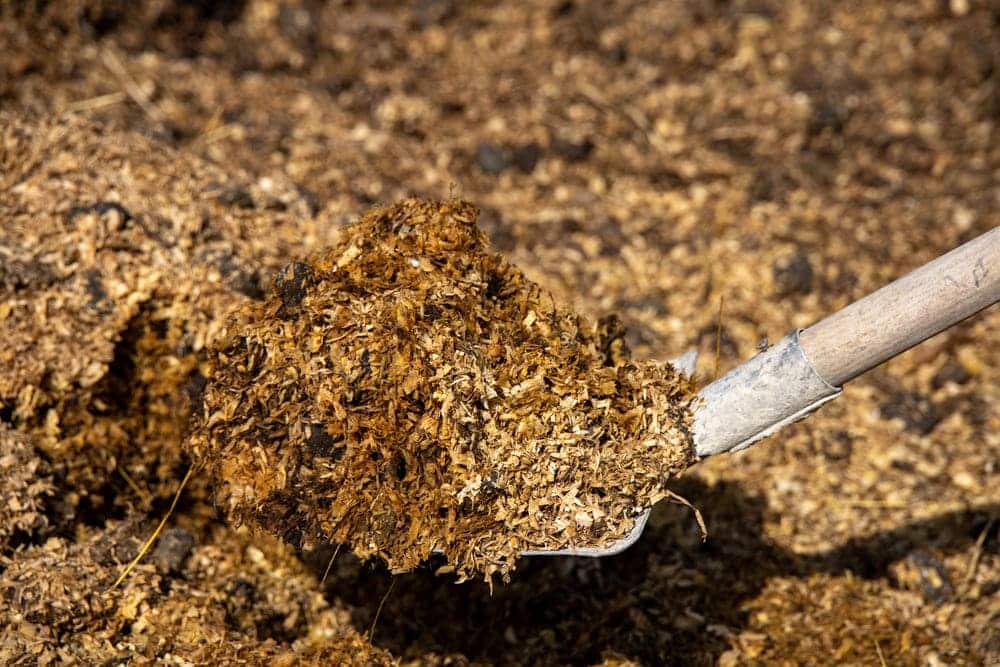
If your soil is not rich, then it can be difficult to get produce from your crops. Compost can help you manage the requirements of your plants more efficiently. Depending upon the needs of your plants, you can modify the ingredients of your compost. That way, you can maximise the production without worrying too much about the soil’s richness.
Using sawdust as an ingredient in your compost can be a bit complicated for inexperienced farmers. You will have to add a few other ingredients to balance out the compost. Let’s briefly go over how to add sawdust to your compost.
How To Compost Sawdust?
Using too much sawdust can increase the carbon levels in your compost, and it will take forever for the compost to break down. You won’t get any benefits from this type of compost, and you will end up wasting a lot of ingredients. To effectively develop the compost, we suggest you add nitrogen-rich ingredients in similar proportions. These nitrogen-rich components are very helpful in balancing out the sawdust in compost.
Keep in mind that you can’t use sawdust gathered from wood treated with chemicals. These chemicals can potentially damage your plants and will be destructive to your farm in the long run. So, only use lumber that is not treated with any chemicals if you’re thinking of adding sawdust to your compost. If done correctly, then sawdust compost can be very beneficial for the plants in your garden.
However, many farmers complain that it takes forever for the compost to break down after they introduce it to their garden. The slower speed of breakdown is mainly because of the high proportion of sawdust in the compost. As mentioned above, you have to focus on keeping things balanced, or you won’t get any benefits from the compost. 3
Adding nitrogen components can help you with this task, so make sure that the proportion of nitrogen components and sawdust is comparable. It is a great way to recycle waste, and you will save a lot of money in the long run. It will take you a few tries before perfecting the compost. So, don’t be discouraged if you don’t get the perfect mixture on the first run.
There are plenty of sources of sawdust that are not toxic for your plants. Most people like to use sawdust from plywood for their compost. However, you will need to ensure that there is no glue involved because the bond contains harmful chemicals that are toxic to your plants.
To Conclude
Farmers have to focus on balancing out the amount of carbon while using sawdust in their compost. You can add nitrogen-rich components to the compost for this purpose. There are many rich sources of nitrogen that you can use in your compost. Either you can use nitrogen fertiliser or plant waste to balance your compost.
One of the big mistakes that people make is using sawdust obtained from wood treated with toxic chemicals. This sawdust can be damaging for your plants in the long run, and it is best to stick to non-toxic sources to maximise the production of your plants.
